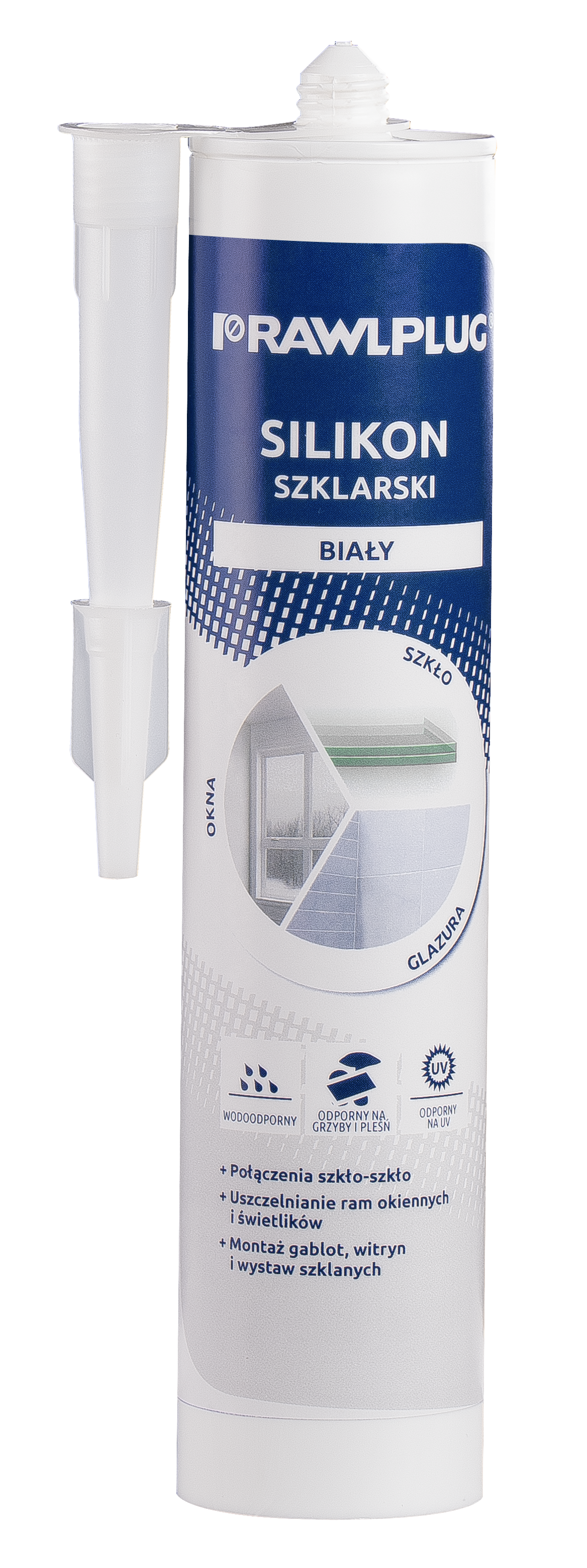R-SL-SKL Glass Silicone
Glass silicone - One-component, elastic sealant with acetate curing system.
Features and benefits
- Highly and permanently elastic sealing properties, with excellent resistance to water, grease, acids and alkalis.
- Very good adhesion to materials and substrates used commonly in construction: glass, tiles, ceramics and protected metals
- Durable seal (completely resistant to weathering and UV radiation)
Base material
-

Glass
-
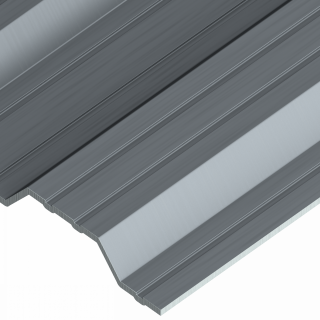
Metal Sheet & Profiles
-

Stainless Steel
-

Glaze
-
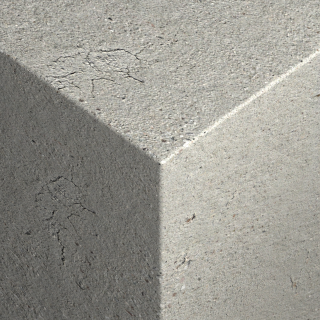
Concrete
-

Protected wood
-

Plastics
-

Protected metals (aluminium, brass, copper, steel, zinc-plated metal sheet)
For use also with
-

Ceramics
-
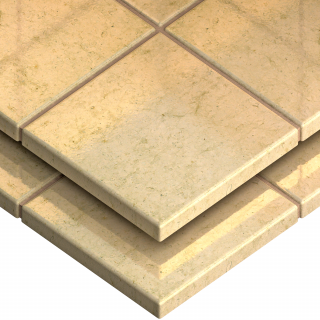
Terracotta
-
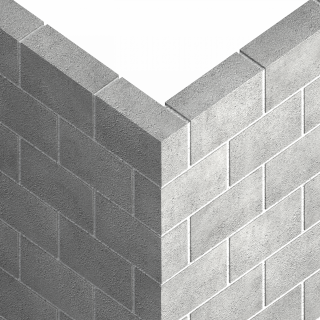
Solid Concrete Block
-
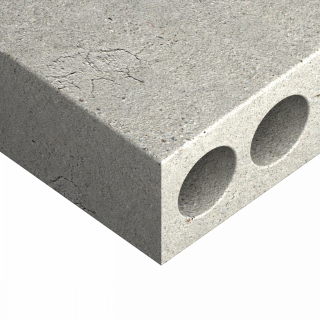
Hollow-core Slab
-

Concrete Slab
-
.png)
Aerated Concrete Block
-
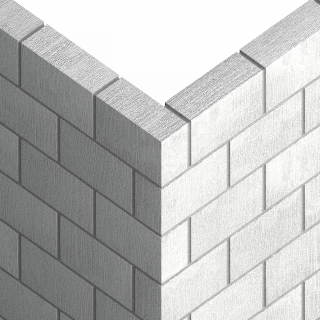
Lightweight Concrete Block
-
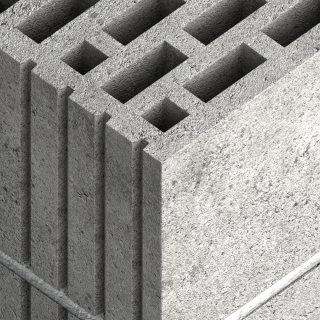
Hollow Lightweight Concrete Block
-

Silicate Blocks
-

High-Density Natural Stone
-
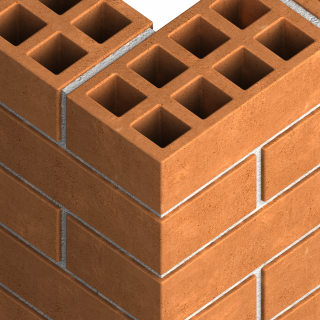
Hollow Brick
-
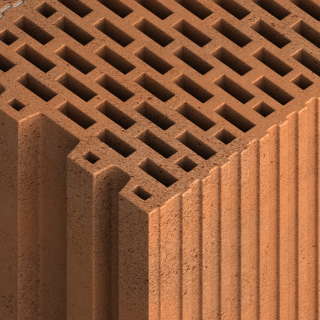
Vertically-perforated Clay Block
-
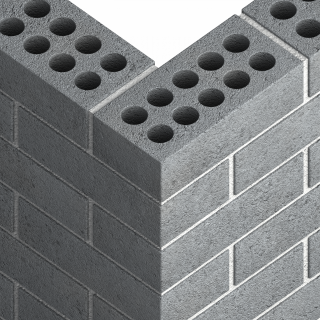
Hollow Sand-lime Brick
-
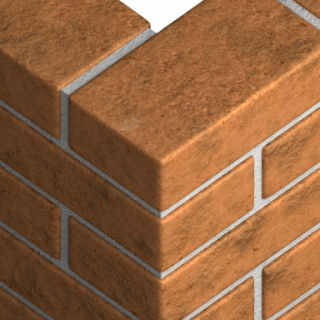
Solid Brick
-
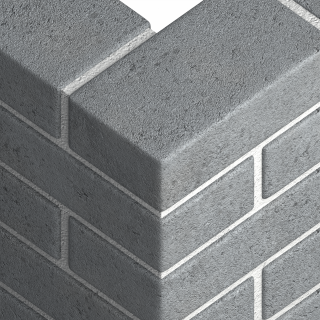
Solid Sand-lime Brick
-
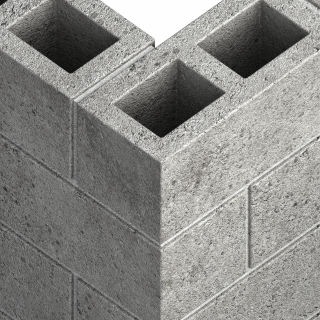
Ceramic Hollow Block
Applications
- For standard glazing applications, as well as hotboxes for gardening.
- Sealant for glass-to-glass applications.
- Installation of cabinets, cupboards, shop-windows, glass displays, etc.
- Suitable for joining of: aluminum, brass, copper, steel, galvanized steel, plastic, concrete and many other materials.
- Do not use for fish tanks, mirrors, or for bonding natural stone surfaces.
- Joints are mould resistant.
Installation guide


- The surface, that silicone will be apllied on, should be clean, free of dust, grease, rust, remains of old seal and other substances that might weaken the cohesion.
- Prior to application of silicone protect edges with masking tape
- Cut the tip of the cartridge, leaving part of the thread. Screw the applicator on to the thread, then cut at the required angle to give an aperture width suited to the joint.
- Use manual or pneumatic gun applicator.
- Applied silicone may be smoothed with a spatula or similar tool. Moisten the spatula first in special wetting agent or detergent solution.
- The silicone hardens by reaction with moisture from the air, so ensure well-ventilated conditions.
- After completing the application, wipe tools with a paper towel and clean with solvent.
